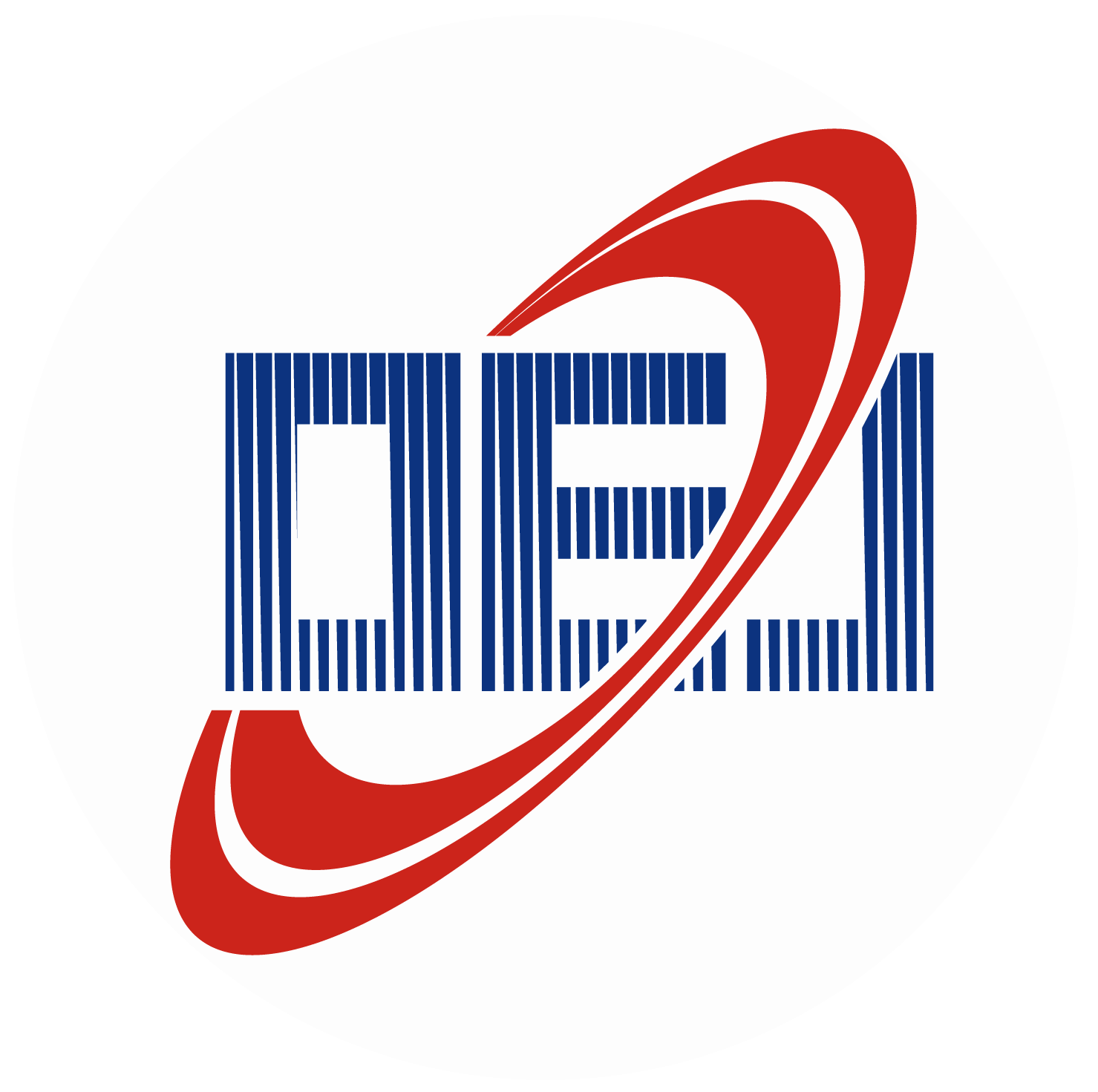-
Abstract
Nonlinear optics is an important research direction with various applications in laser manufacturing, fabrication of nanostructure, sensor design, optoelectronics, biophotonics, quantum optics, etc. Nonlinear optical materials are the fundamental building blocks, which are critical for broad fields ranging from scientific research, industrial production, to military. Nanoparticles demonstrate great potential due to their flexibility to be engineered and their enhanced nonlinear optical properties superior to their bulk counterparts. Synthesis of nanoparticles by laser ablation proves to be a green, efficient, and universal physical approach, versatile for fast one-step synthesis and potential mass production. In this review, the development and latest progress of nonlinear optical nanoparticles synthesized by laser ablation are summarized, which demonstrates its capability for enhanced performance and multiple functions. The theory of optical nonlinear absorption, experimental process of laser ablation, applications, and outlooks are covered. Potential for nanoparticle systems is yet to be fully discovered, which offers opportunities to make various types of next-generation functional devices. -



 E-mail Alert
E-mail Alert RSS
RSS


